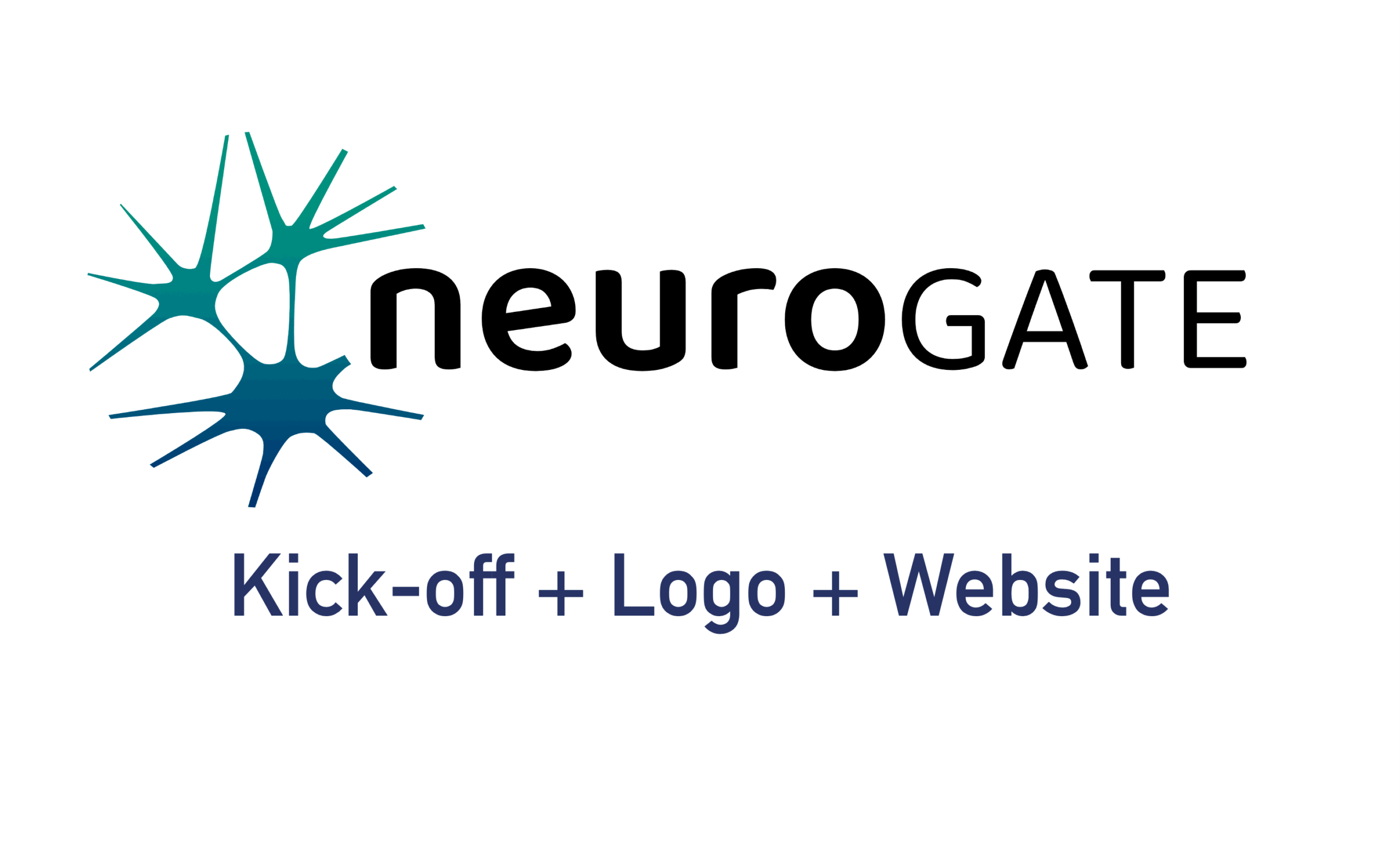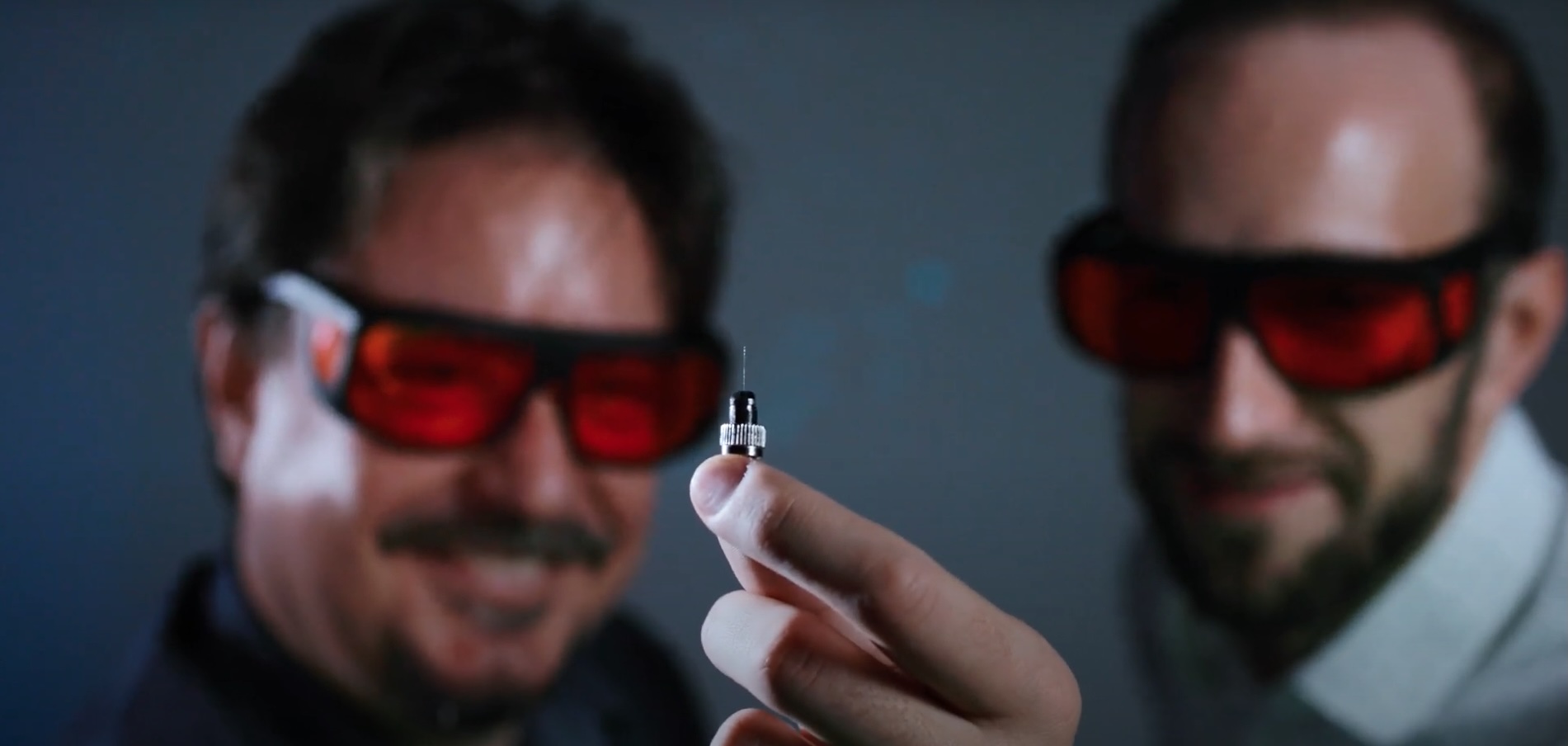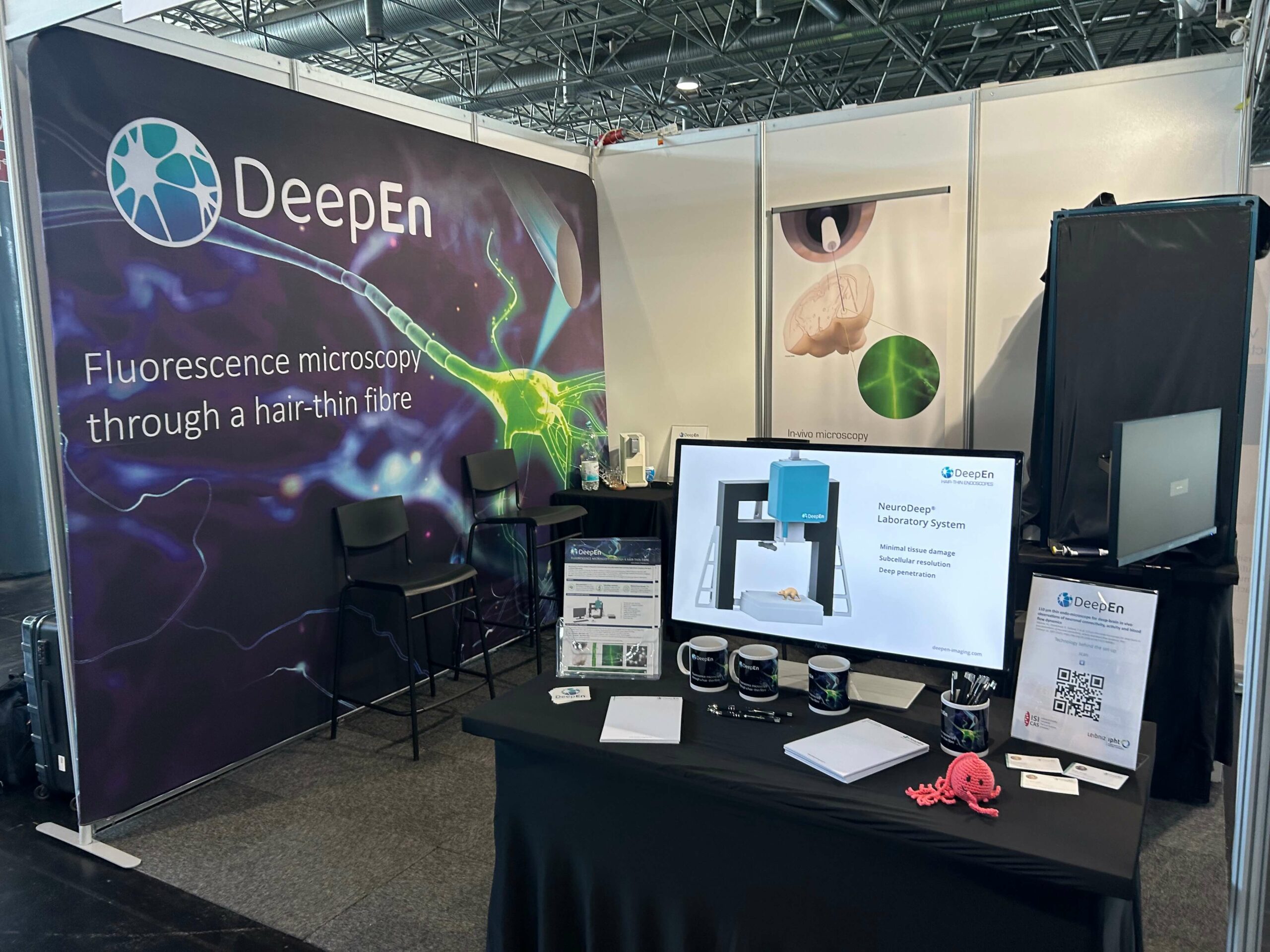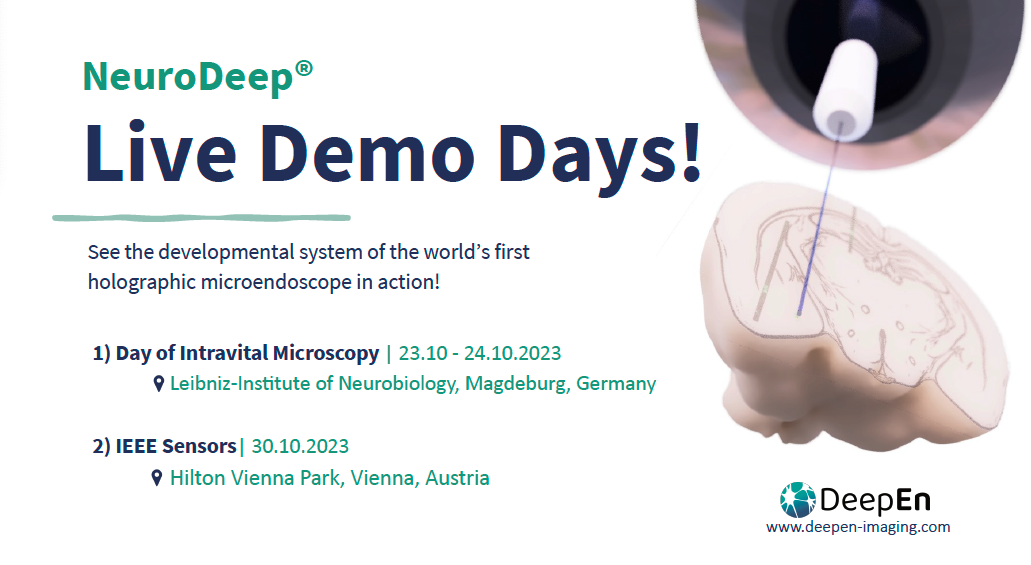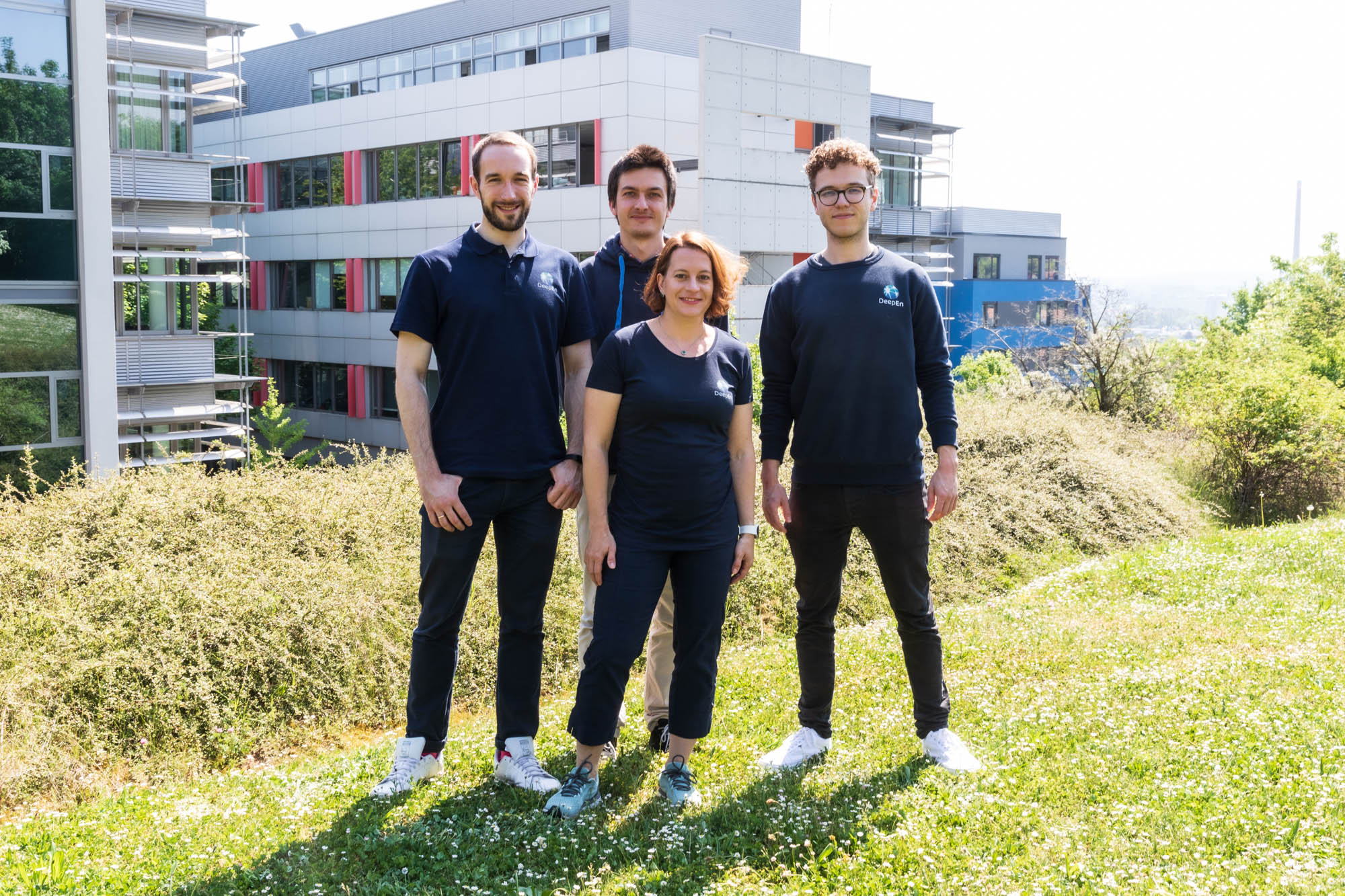
Introducing DeepEn One™
Microendoscopy Platform
Single-Fibre Endoscope for High-Resolution In Vivo Bioimaging
Deepen One™ is a cutting-edge microendoscopy platform that delivers powerful in vivo bioimaging through a single multimode fibre endoscope (⌀100 µm). It enables researchers to probe deep into the living brain—reaching regions such as the amygdala, VTA, medial septum, brainstem, or spinal cord—while minimizing structural damage and preserving physiological function.
Discover the OneDiscover with microendoscopy what has never been seen.
Real-time recording of active neuron structures during insertion of a DeepEn One probe, visible on the user interface.
- Study in anaesthetised mouse model (Thy1-GFP line).
- Depth 5 mm – level of the amygdala
- Field of view: approx. 100 μm × 100 μm

From scientists
for scientists
At DeepEn, we are a team of passionate scientists, engineers, and innovators united by a shared mission: to empower the scientific community with cutting-edge tools that make deep tissue imaging possible and more insightful. Born from years of hands-on research experience, our solutions are designed by scientists who understand the real challenges faced in the lab. We bridge the gap between complex technology and practical application — creating tools that let scientists focus on discovery, not the limitations of their instruments.
About DeepEnNews
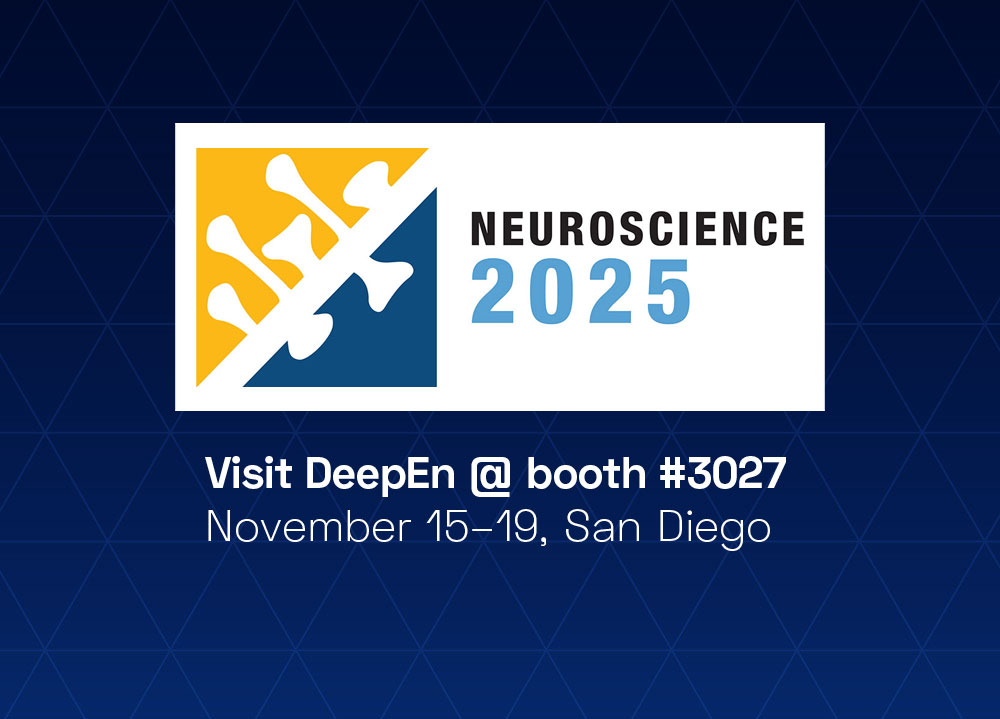
Meet us in San Diego at
SfN Neuroscience 2025
DeepEn will be present at the Society for Neuroscience Annual Meeting in San Diego from 15–19 November 2025. Visit us at Booth #3027 to learn more about ultra-thin microendoscopes. Our team will be sharing insights into the technology and its research applications, and will be available to discuss how the technology can support advanced neuroscience studies. We look forward to meeting you in San Diego.
More information
Starting a new project? Or just curious to find out what you can do with an DeepEn One™ system?
Just email us and we will get back to you! Feel free to contact us also by phone.
Contact Hana

